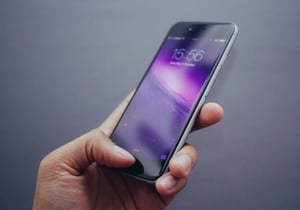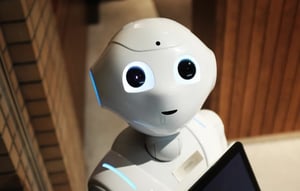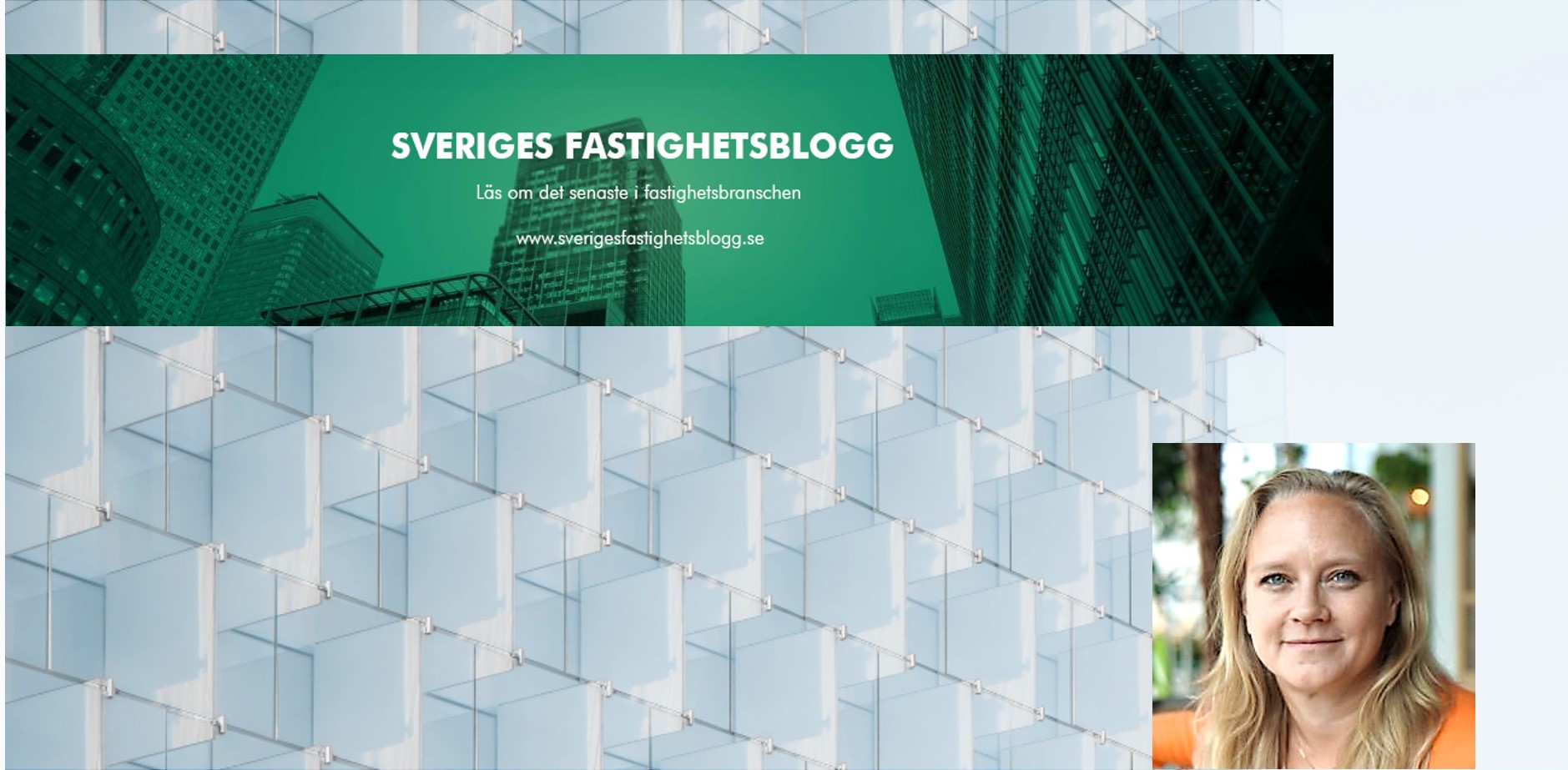When was the last time you were alone? I mean really alone - without your smartphone? Did you feel incapacitated? I’m sure, like most of us, you would answer a firm yes to that question. Without our smartphones, we lose our connection to the world around us. It’s our immediate gateway to our job, bank, social register, healthcare, photos – and for some, our fitness and well-being tracker. You could say that the smartphone has become our remote control to life.
This iconic device is at the center of the smartphone revolution which, of course, has been made possible by the 4G networked world. This has already radically transformed how we interact with information, markets and services. However, around the corner, a new world is rising. New technology like cloud edge computing, advanced AI solutions and instant connectivity is taking us into a new world of possibilities. 5G the starting point towards the internet of senses!
5G the starting point towards the internet of senses!
With 5G comes a new technological shift world where the smartphone based world eventually will become a thing of the past. If 4G was the era of the smartphone 5G will enable a whole new immersive world. Already in 2025, nearly half of the global smartphone users predict that although smartphones will still exist, we will all be wearing AR-glasses.
Although this might happen a bit later in reality depending on when lightweight AR-glasses will be released and become mainstream, we see that consumers are excited by immersive experiences. This could lead to an immersive revolution where digital interfaces and the physical world will merge into a new reailty, which we will perceive as THE real world. Moreover rapid advancements in augmented human intelligence through machines are creating a new reality. In this reality we increasingly interact with robots and intelligent agents in our daily lives, both at home and work.
But how will this impact today’s smartphone era? For being called smart, the smartphone is still kind of dumb. Detached from our human bodies, it’s still seemingly separate from us. Yet, everywhere we go we take our smartphones. In them we leave a digital imprint of our life, a digital twin which reflects what we do, how we move and what we aspire to be. While today’s intelligent network of things is limited, 5G connectivity will bring a new wave of billions of connected objects which will also be smart. Communicating with each other. This connected revolution offers consumers a whole new range of possibilities to renew our world. Moreover, in the future we will be able to not only see and hear digital impressions of the world but also touch, feel and even smell and taste them. We call this the internet of senses – a world where we it will be technically possible to translate all of our five senses into digital formats.
The immersive revolution transforms physical space.
Perhaps the most visible change to physical space the smartphone has brought us is that of the physical retail space. Today retailers all over the globe fight to reinvent their digital and physical structure to keep up with the smartphone revolution which has forever transformed how we buy. The physical retail spaces are reinvented as is the buying process. Touch and feel has become zoom and click. The immersive revolution will bring about even more change. If we can virtually try things on as well as touch and feel physical objects digitally – through tactile internet and haptic feedback - this will even further drive transformation of the physical space. However imagine that you could actually have live immersive meetings with your colleagues at home? And that you actually could also, with your AR work avatars take a fika together? How will that transform our work patterns? If we could reduce our daily work commutes with 50% - what would that do for productivity, lower stress levels and driving the world towards a more sustainable development? How about if we could half all the air travel we do? Of course this will put new demands on office spaces as well as the structure around it. What work will be done in an “office” and what can we do from home or in a temporary office on town somewhere? And of course these offices will need to become smart themselves. Perhaps underutilized space could be sub-letted from one company to another?
 Humans will work more seamlessly with robots
Humans will work more seamlessly with robots
Today’s consumers expect systems to become much smarter. In a recent study, 56% of smartphone users expect telecom service providers to anticipate their needs before they themselves realize what they are. Tomorrow’s smart zero touch networks will form a networked society where 5G connectivity, cloud edge computing and advanced analytics act as the backbone. As the expected efficiency gains are to be so huge, it is likely that the thinking behind cyber physical systems will be incorporated in almost any sphere to work and learn alongside humans. And advanced internet users go even further, 40 percent even say they would like a robot that works and earns income for them, freeing up their leisure time.
Although the thought of robots doing our work for us, is perhaps tempting, that humans and robots will be working together is perhaps much more likely. To make this a reality cutting edge technology is required. Billions of devices need to be orchestrated to realize full potential, which then requires hugely complex systems. For instance, it could enable smart transport systems based on autonomous vehicles, optimize energy consumption in a smart city or enable smart manufacturing where machines and humans work side by side. However, one of the biggest challenges is a very basic one: we need to make these hugely complex systems easy to access and use.
Humans want lovable machines
When so many things around us are becoming smart, we will want to interact with them without having to reach for our smartphone and click through another app with yet another user interface. The easiest way for us to do this is to make the things more like us. Already in 2016, half of advanced internet users said they want to talk to their household objects much like they do to people today. And today, more than half of current users of intelligent voice assistants believe we will use body language, intonation, touch and gestures to interact with tech just like we do with people.
 To make machines more human is to make them usable – but also lovable. No matter how fantastic new technology is, it needs to be loved in order to be used as frequently and intensely as our smartphone. However, there is a fine line to balance. It seems that consumers do not want systems to become too human-like. In fact, half of advanced internet users say that not being able to tell the difference between a human and a machine would spook them out. It seems that lovable machines still need to be recognizable as machines. In order for this to happen our devices will have to become aware of who we are, what we do, and how best to support us. And this will enable human creativity and problem solving on levels which we have never seen before.
To make machines more human is to make them usable – but also lovable. No matter how fantastic new technology is, it needs to be loved in order to be used as frequently and intensely as our smartphone. However, there is a fine line to balance. It seems that consumers do not want systems to become too human-like. In fact, half of advanced internet users say that not being able to tell the difference between a human and a machine would spook them out. It seems that lovable machines still need to be recognizable as machines. In order for this to happen our devices will have to become aware of who we are, what we do, and how best to support us. And this will enable human creativity and problem solving on levels which we have never seen before.
AI and the Internet of Skills
Imagine that you were diagnosed with a terminal illness. Then imagine you could choose between two kinds of doctors. The first has access to all historic documented treatment and cases of your diagnosis; the other one relies on personal experience, the hospital and the extended medical network around them. Which would you choose? The first one, right? Well, then you have chosen to go to a doctor which is also a creative machine – working with artificial intelligence. They will have the internet of skills, a continuously up-to-date library of best practice.
When we think about the technologies of the future we often tend to think in polarities – either or, this or that. Often the question discussed is: Robot or human? I think it is high time we start asking what happens if we say robots and humans. We need to design systems guided by human principles, but not necessarily always with human involvement. The system needs to know when to ask for guidance and why. And we need to able to trace how systems take decisions and be clear on their authority level.
Consumers will share their data – if there’s value

How to best design these systems is still something that is being researched. The new human-based way of interacting with machines – voice, body language and so on – provides new exciting opportunities to create value. But one thing these systems depend upon is our willingness to share our data.
At Ericsson’s Consumer & Industry Lab, we have been studying the consumer’s relationship with data. And when it comes to data, we see the same requirements from consumers to be willing to share their data time and again. Firstly, consumers want to give their permission for a company to use their data. Secondly, they want to gain clear value from sharing data, and thirdly, they want companies to be transparent as to how they intend to use their data. If these three preconditions are met, consumers will share their data. In fact, half of consumers already want their telecom service providers to use the information they already have about them to provide a more personalized service.
In one sense, we can say that we have already entered the age when humans and intelligent machines are interacting and working together in almost every aspect of human life. But right now, we have only taken baby steps into the future. Most of the zero-touch future is yet to be developed – and how we create that future is still in our hands – with the help of smart and lovable machines!
Read more about the internet of senses here: 10 Hot Consumer Trends 2030
Pernilla is one of the authors of the book Köprevolutionen. You find it here.
Dictionary in Swedish - Ordlista Internet of Senses
4G network: Nätverk för ultrabredbandiginternetåtkomst. Erbjuder hastigheter på ca 100 Megabit per sekund till användare som färdas i höga hastigheter (på tåg och med bil) och 1 Gbit/sekund till långsamt rörliga användare.
5G network: 5G sägs vara möjliggöraren för Internet of Things. Det finns tre huvudområden för 5G. De är Enhanced Mobile Broadband (eMBB), Ultra Reliable Low Latency Communications (URLLC) och Massive Machine Type Communications (mMTC). Endast eMBB började rullas ut under 2019. URLLC och mMTC dröjer flera år. 5G-hastigheter kommer att sträcka sig från ca 50Mbit/s till över 2Gbit/s i början och förväntas öka till 100Gbit/s, dvs 100x snabbare än 4G. På grund av den höga frekvensen når radiovågorna inte igenom väggar, träd, etc.
Cloud edge computing: Det kan sägas vara en distribuerad infrastruktur för att ge molnkapacitet på avlägsna platser. Den ökade datamängden från enheter som aktiveras av 5G gör distributionen av datorkraft viktigare än någonsin tidigare. Det minskar både nätverkstrafik och fördröjningen i kommunikationen mellan enheter.
AR, augmented reality: Förstärkt verklighet är en betraktelse av en fysisk, verklighetstrogen miljö vars element förstärks (eller kompletteras) med datorgenererade sinnesintryck såsom, video, grafik eller GPS-data.
Immersive revolution: Teknik som försöker efterlikna en fysisk värld med hjälp av en digital eller simulerad värld. Genom att skapa en omgivande sensorisk känsla erhålls en verklighetstrogen upplevelse.
Tactile internet: Ett taktilt internet gör det möjligt att överföra känslan av beröring över långa avstånd, med eller utan visuell feedback - något som tidigare har varit omöjligt på grund av mängden data som krävs och behovet av anslutningar med låg fördröjning.
Haptic technology: Teknik som skapar en upplevelse av beröring genom att applicera krafter, vibrationer eller rörelser på användaren.
Zero touch networks: Framtidens nätverk kommer att kännetecknas av att de inte kräver någon mänsklig interaktion annat än på hög nivå. På vägen mot noll beröring kommer både människor och maskiner att lära av sina interaktioner.
Cyber physical systems: Ett cyber-fysiskt system är en sammansättning av flera system av olika natur. Det är ett självorganiserande expertsystem skapat av en kombination av modellmodeller, dynamisk interaktion mellan modeller och deterministisk kommunikation.
Internet of skills: Internet of Skills tillåter människor att interagera i realtid över stora avstånd - både med varandra och med maskiner - och ha liknande sensoriska upplevelser som de som de upplever lokalt.
Internet of senses: Ett framtida internet som tillåter kommunikation med fler sinnen än bara syn och hörsel.

